Preserving cultural heritage is crucial to achieving the United Nations' Sustainable Development Goals, as it safeguards the unique identity, knowledge, and traditions of communities worldwide.
Preserving Cultural Heritage
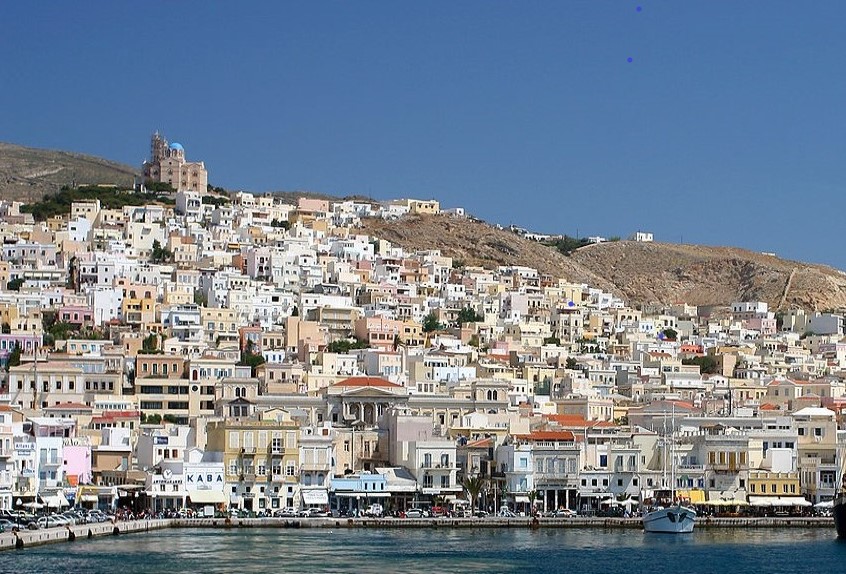
Cultural heritage encompasses tangible elements such as historical monuments, artifacts, and landscapes, as well as intangible aspects like language, customs, and traditional knowledge. By preserving these invaluable resources, we maintain a vital link to our past. This connection to our roots strengthens social cohesion and promotes understanding between generations. Moreover, preserving cultural heritage has far-reaching economic benefits. The sustainable management of cultural assets and well-maintained heritage sites encourages responsible tourism, which can generate income for conservation efforts and support the livelihoods of local communities.
However, preserving cultural heritage requires a concerted effort from various stakeholders. Governments play a crucial role in implementing policies and allocating resources to protect and promote cultural heritage. This includes enacting laws to prevent the destruction or illicit trade of cultural property, providing funding for conservation projects, and supporting educational initiatives that raise awareness about the importance of heritage. Local communities, too, are vital custodians of their cultural heritage. By actively engaging in the protection and transmission of traditional knowledge, skills, and practices, they ensure the continuity of their unique cultural expressions. International cooperation is equally essential in preserving cultural heritage. UNESCO, for example, plays a critical role in identifying and protecting World Heritage Sites, which are places of outstanding universal value. By working together, nations can share expertise, resources, and best practices to safeguard cultural heritage for future generations.
Below are 5 initiatives that promote promote practical and integrated approaches towards preserving cultural heritage being implemented by local governments in partnerships with NGO’s, civil society and the private sector:
Bolivar Park: Reactivating the Historic Centre of Medellin (Colombia)
Improving the quality of life of citizens and the general recovery of public infrastructure
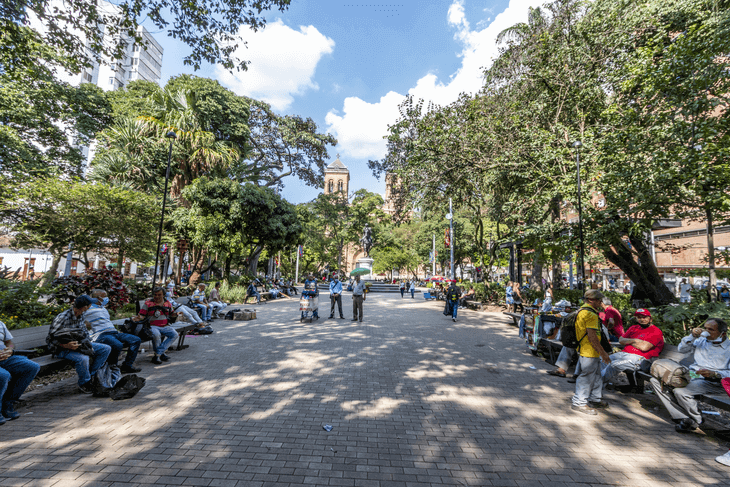
© City of Medellín © APP Agency
Adopt A Monument (Finland)
Inclusive cultural heritage for and with the people!
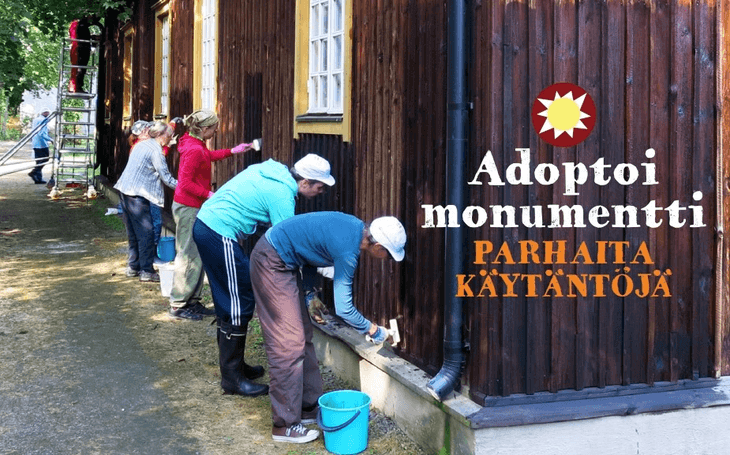
© ADOPTOI MONUMENTTI
100 buildings = 100 stories (Greece)
Places, people and digital storytelling
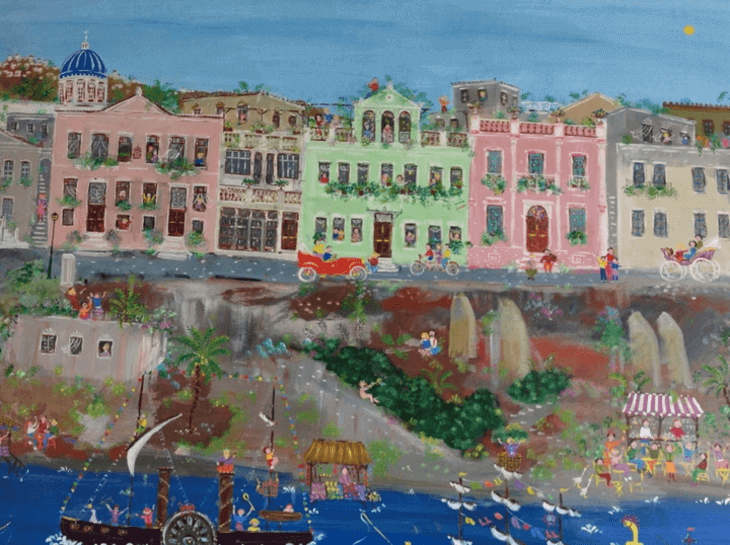
© Heritage Management e-Society (HERMeS)
A green makeover for heritage buildings (Portugal)
Energetic refurbishment of heritage buildings is complex and costly to implement. This case study details the quest towards sustainable heritage in Lisbon.

© CML Municipality of Lisboa
Cultural Resources Climate Change Task Force (USA)
The state of California uses cultural resources to drive climate solutions.
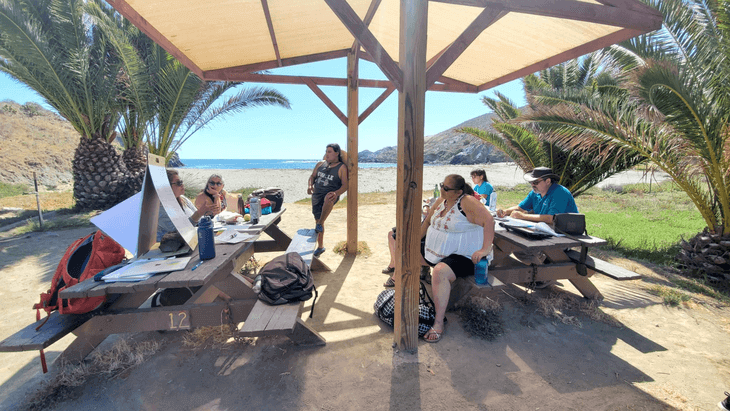
© California State Historic Preservation Office / UCLG Committee on Culture
Visit our Cultural Heritage webpage for more information about global cultural heritage initiatives.
To access more case studies on heritage you can search the use platform database by SDG 11, or the topic: heritage.